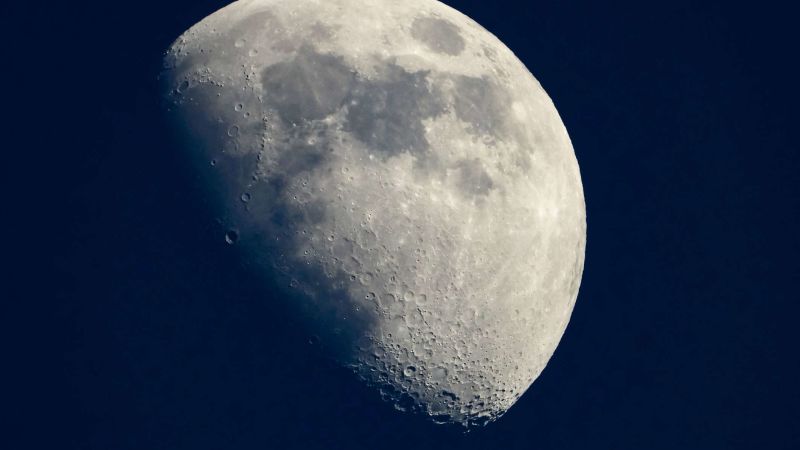CNN
—
Russia’s space agency Roscosmos said on Saturday that the Luna 25 spacecraft was in “emergency condition”.
According to Roscosmos, the incident occurred when the spacecraft was trying to enter orbit before landing.
“During the operation, an emergency situation occurred in the automated station, which did not allow the maneuver to be performed within specified parameters,” Roscosmos said in a Telegram post.
“The management team is currently reviewing the situation,” the space agency added.
It’s not yet clear whether trouble will prevent the lunar lander, which was due to land near the moon’s south pole as soon as Monday, from a touchdown attempt.
Russia’s Luna 25 lander mission marked the country’s first post-Soviet attempt to land a spacecraft on the moon. The The last lunar landerLuna 24 landed on the lunar surface on August 18, 1976.
The spacecraft launched on August 10 from the Vostochny Cosmodrome in Russia’s Amur Region on a Soyuz-2 Fregat rocket, setting the vehicle on its fastest journey to the Moon.
Luna 25’s trajectory allowed it to overtake India’s Chandrayaan-3 lunar lander on its way to the lunar surface in mid-July.
Media characterizations of India and Russia racing to the moon’s south pole are not entirely accurate, says astrophysicist Jonathan McDowell, a researcher at the Harvard & Smithsonian Center. He pointed out that both projects have been in the works for more than a decade.
Landing a spacecraft safely on the surface of the Moon would be a huge step forward for Russia’s space program.
Luna 25 is seen by Roscosmos as a resource for future robotic lunar exploration missions. Several future Luna missions are planned to use the same spacecraft design.
Russia is also seeking to demonstrate that its civilian space program, which some experts say has faced problems for decades, can still operate on high-altitude, high-stakes missions.
“They had a lot of problems with quality control, corruption, funding,” said Victoria Samson, director of the Washington office of the Secure World Foundation, which promotes peaceful exploration in space.

